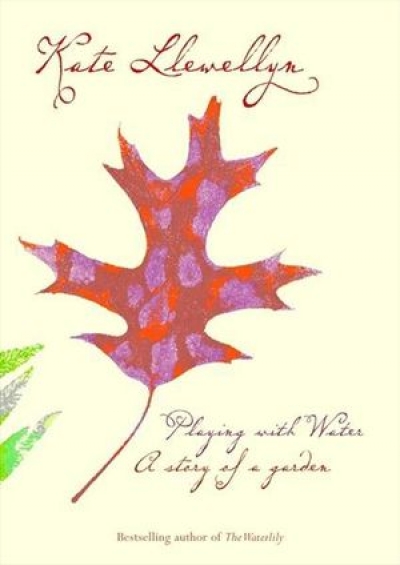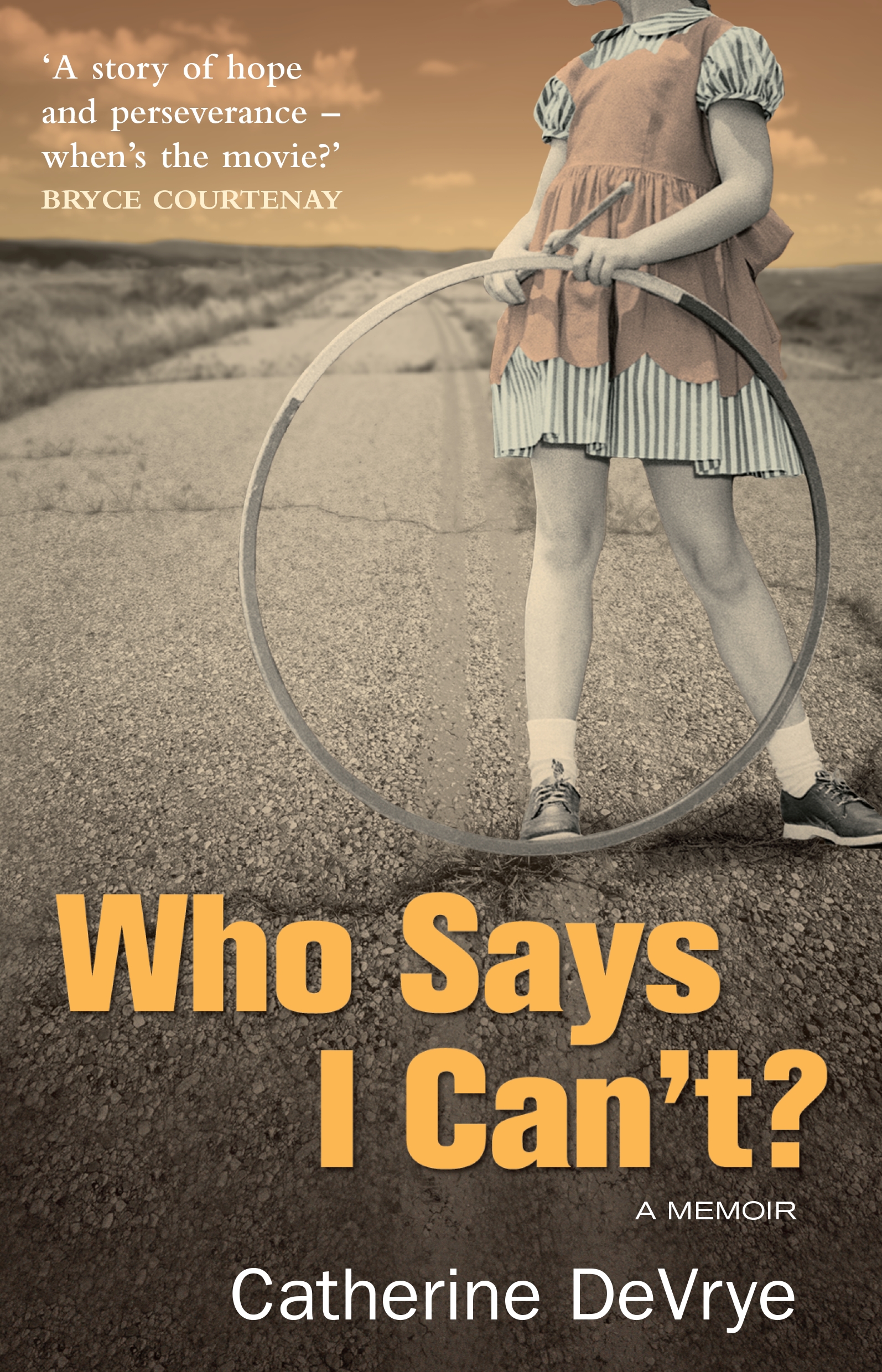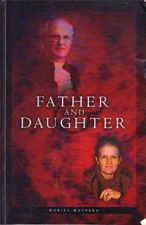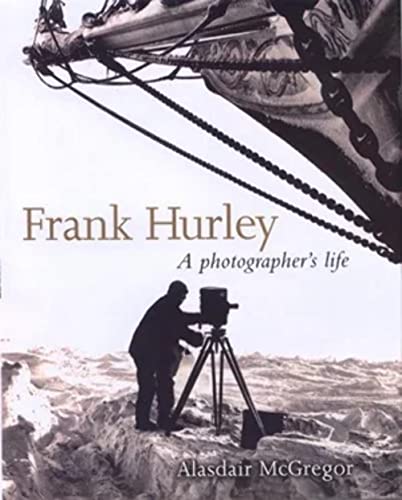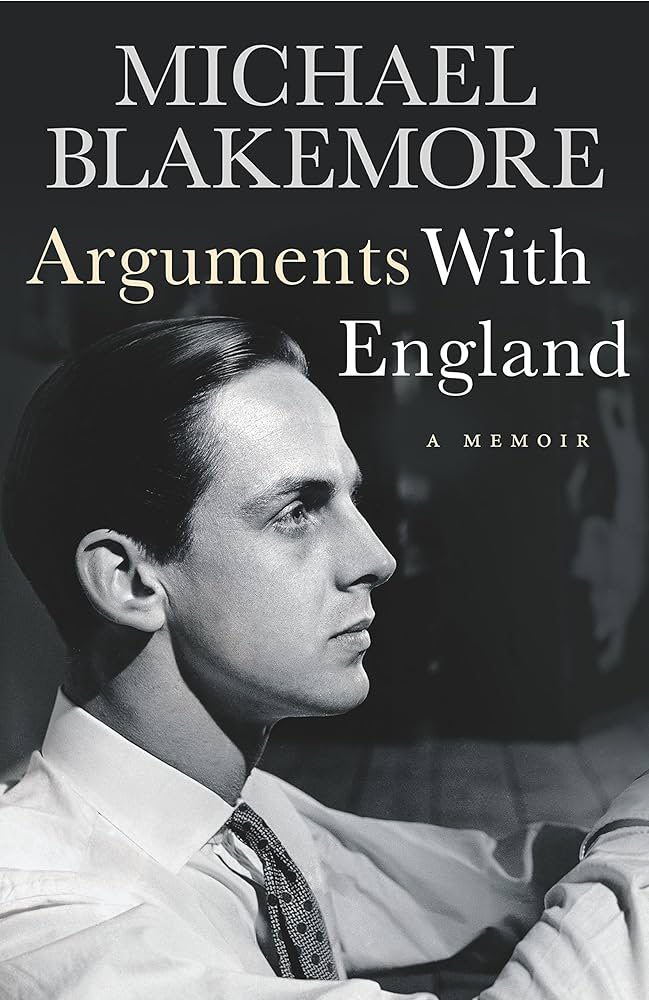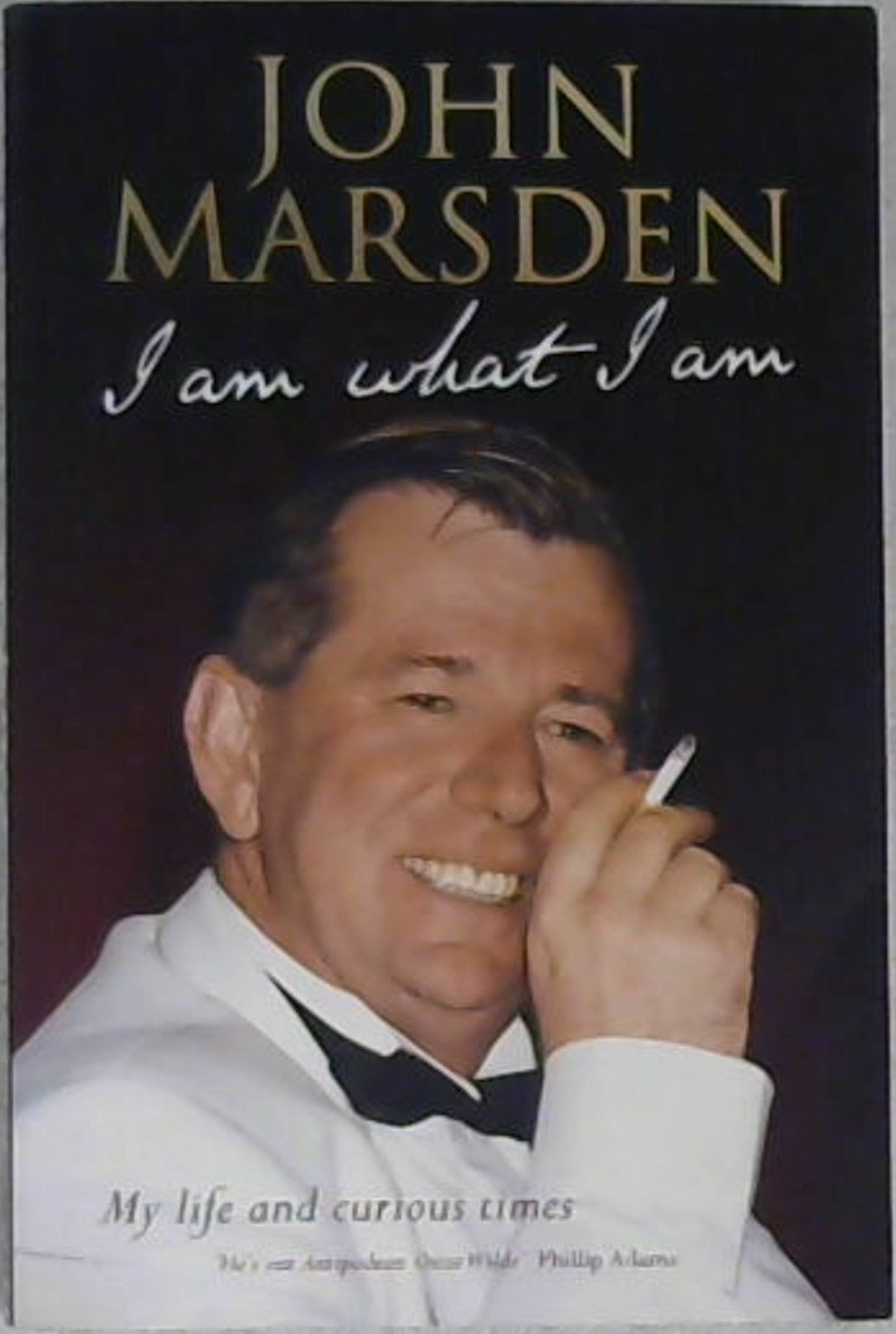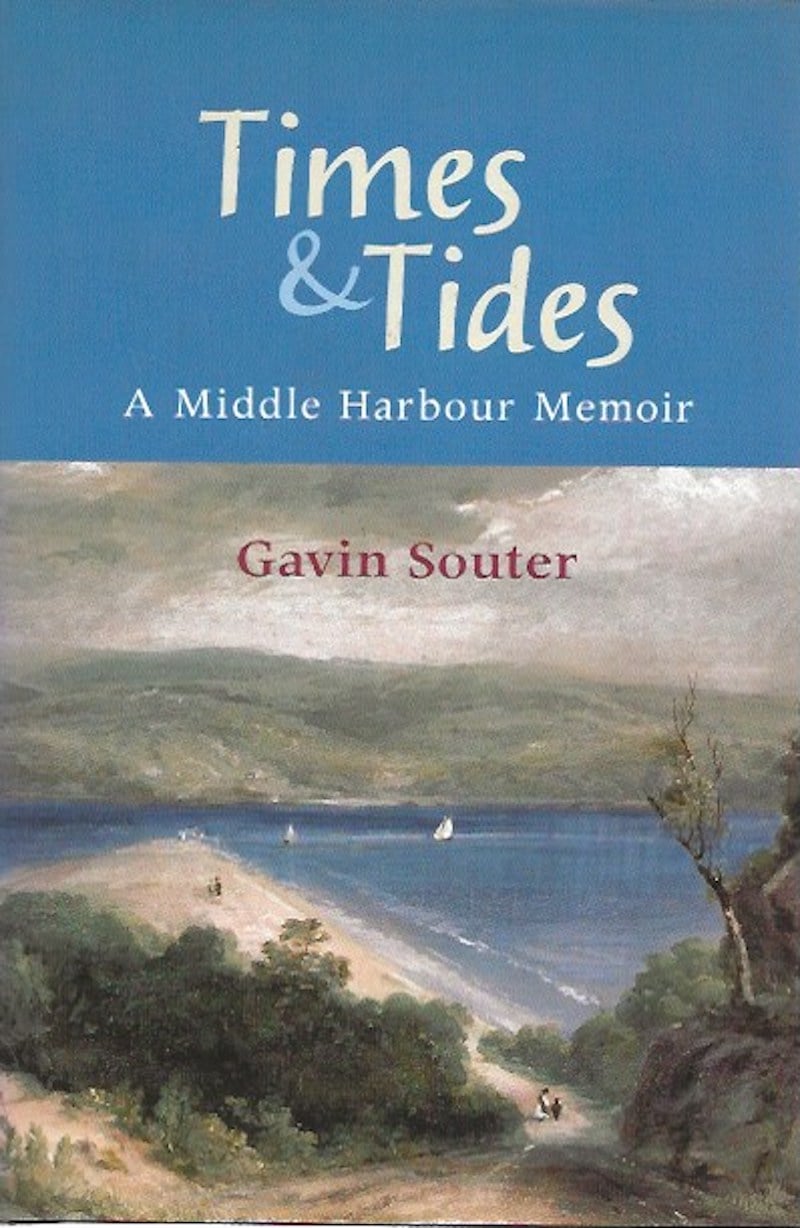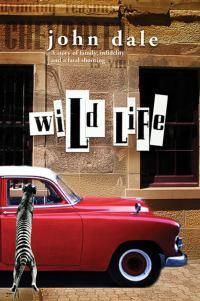Memoir
Kate Llewellyn has written sixteen books, which is quite an achievement. They include poetry, fiction and autobiography. One book, The Waterlily (1987), has sold 30,000 copies, a notable accomplishment for any author. The Waterlily was the first book in Llewellyn’s Blue Mountains trilogy; the second was called Dear You (1988). I read it years ago, having borrowed it from a library because I suspected the title might be an indication of the tone. It was not the epistolary format that gave me pause: I have relished many correspondences, ranging from the passionate exchanges of Julie and St Preux in Rousseau’s Julie ou la Nouvelle Héloïse (1761) to Robert Dessaix’s grapplings with life-threatening illness in his acclaimed Night Letters (1996). But for my taste, the series of missives beginning ‘Dear You’ betrayed an irritating archness. The author seemed to be caught between the heady excitement of Revealing All and a coy fear of saying Too Much.
... (read more)Tales Of Two Hemispheres: Boyer Lectures 2004 by Peter Conrad
At the age of twenty, Peter Conrad slammed his Australian door shut behind him. He was travelling into the ‘wider world’, away from his native Tasmania to take up his Rhodes scholarship at Oxford; he went with barely a backwards glance. Growing up as an omnivorous reader of English literature in the years of what he has called his ‘colonial childhood’, the young Conrad had become increasingly resentful at the perverse randomness of his exile. What he could only think of as an administrative error had relegated him to an Australia that seemed vacant and vacuous. When his time came, he ruthlessly withdrew his affection from parents and country. This snake-like shedding of skin was his liberation. Crossing Waterloo Bridge in August 1968, he had – like Wordsworth before him – a moment of epiphany. As the bridge ‘ran out into the Aldwych in a sunny crux of blue dust’, the young Conrad passed innocuously through the door by which he stepped into life. In confessional mode, he later celebrated this as the exact moment of his birth. That was when the years of his Australian youth were cancelled out, relegated to a phase of mere ‘pre-existence’.
... (read more)With the recent Tony Abbott paternity saga unfolding in spectacular fashion, adoption is back in the news. Not that it ever really went away. Adoption was such a common practice in postwar Australia that there is a ready-made constituency for reunion stories. Many birth parents, especially birth mothers, hunger for details of successful reunions. Adoptees search out familiar patterns in the biographies of other relinquished adults. But more than that, there is something primal about separation, loss and reunion that attracts a wider audience to adoption narratives. It is not simply that almost everyone over thirty knows someone who was adopted. There is something about postwar adoption experiences that sharpens our sense of human relationships as both fragile and resilient.
... (read more)This book contains two discrete memoirs: the first by Clifford Norman Button, a Presbyterian minister; the second by his daughter, Muriel Mathers. Despite immense social changes in the period they cover (1888 to the present), there are many similarities between the two personalities and their work in the world.
Dr Button, the first memoirist, was obviously a driven character. His manuscript, entitled The Unknown Londoner, was completed just before his death in 1950 and remained in his daughter’s possession until she included it here, edited and abridged, under the title ‘Murmurings’. As well as a chronological account of his life, ‘Murmurings’ includes enough of Button’s reflections on his interests and beliefs to, in her words, ‘round out the man’.
... (read more)
From his precocious youth in inner-city Sydney until his death – still in harness at the age of seventy-five – the Australian photographer Frank Hurley lived for ‘adventure and romance’. By any standards, his was an extraordinary career. Yet the individual delineations of its great landmarks have blurred in the factual catalogue of Hurley’s achievements in two Antarctic expeditions during the cradle period of exploration in that great southern continent; in his work as an official photographer during the two world wars; in his pioneering of filmed documentaries and as a cinematographer in the making of major Australian feature films in the 1930s. In the last twenty years of his career, Hurley travelled the length and breadth of his own country, celebrating its people and eulogising what he saw to be the heroic Australian landscape. Always restless, always yearning for the next challenge, Hurley was a citizen of the world. He was drawn to record the cultures of the ancient world and, closer to home, aspects of New Guinea and the Pacific.
Bittersweet: The Indo-Fijian Experience by Brij V. Lal
When I was twelve, newly returned to Fiji after World War II, I happened to see a brawl break out in a hotel bar. Two squads of police arrived at the double to break up the fracas, and I noticed that one was composed entirely of indigenous Fijians while the other was Indo-Fijian. When I asked why two squads were needed and why they were divided by race, I was told that if an Indo-Fijian policeman laid hands on an ethnic Fijian, or an ethnic Fijian tried to arrest an Indo-Fijian, the brawl would turn into a race riot. This was an example of the racial discrimination engendered by a system that looked back to the days of indentured labour, when Indian girmitiyas were brought to Fiji to work the canefields. As the Indo-Fijian population increased, pressure mounted for a share in government and the right to own land rather than leasing it. This pressure resulted in the coups of 1987 and 2000.
... (read more)Arguments with England: A memoir by Michael Blakemore
Michael Blakemore’s memoir begins with his departure from Sydney in 1950 to study acting at RADA in London, and ends with him on the threshold of his new career in 1965 as director of such major successes as A Day in the Death of Joe Egg and The National Health. An early enthusiast of Bertoli Brecht, Blakemore made his name directing plays by Peter Nichols. He quickly acquired a reputation for independence and originality, staging plays by Arthur Miller, David Hare, Peter Shaffer, Don DeLillo, David Mamet and seven premieres by Michael Frayn. He worked with his actors, seizing on accidents to build moments of spontaneous truth. This memoir describes his initial fifteen years in English repertory theatre.
... (read more)I Am What I Am: My life and curious times by John Marsden
If the world is divided between those who celebrate their birthday in a flamboyant manner and those who don’t, then John Marsden unquestionably belongs in the first camp. At least, he did before his much-publicised fall from public grace. Marsden begins his autobiography with a detailed account of his fiftieth birthday. A full year earlier, he began mailing monthly teaser invitations to his guests. The first read, in capitals: ‘An important invitation. You have been invited to one of the most important events of 1992.’ Each month, more information dribbled out, until the day itself, when a ‘rich smattering of state cabinet ministers; Liberal, Labor and Democrat politicians; lawyers, judges, civic leaders and business heavyweights all made the sunset pilgrimage to a hillside on the edge of town along a darkened stretch of the road.’ The reader gets the message: this birthday boy was one hell of a mover and shaker, a player, a friend of the rich and powerful, and, as the Grange Hermitage flowed freely, one damn fine host; a man at the height of his powers.
... (read more)Times & Tides: A Middle Harbour memoir by Gavin Souter
Near a little beach at Northbridge, in the heart of Sydney’s northern suburbs, the vertical rock face carries the image of a whale, about life-size, created by the original inhabitants at some indeterminate date. ‘[B]ecause of its precipitous location,’ says Gavin Souter, ‘one cannot stand far enough away to take it in all at once. Head, fins, flukes and flippers have to be viewed separately, then put together.’
... (read more)Tasmania is a wild place, the home of the last great temperate rainforests on the planet. Somewhere in those forests, or perhaps in the sclerophyll scrublands of the north-cast, may still be lurking a thylacine, the famed Tasmanian tiger. Over the years, there has been no end of searching, so far with no result. Despite numerous reported sightings, all we know for certain is that the last one ever sighted, a female, died on 7 September 1936 in miserable captivity in Hobart Zoo.
... (read more)

